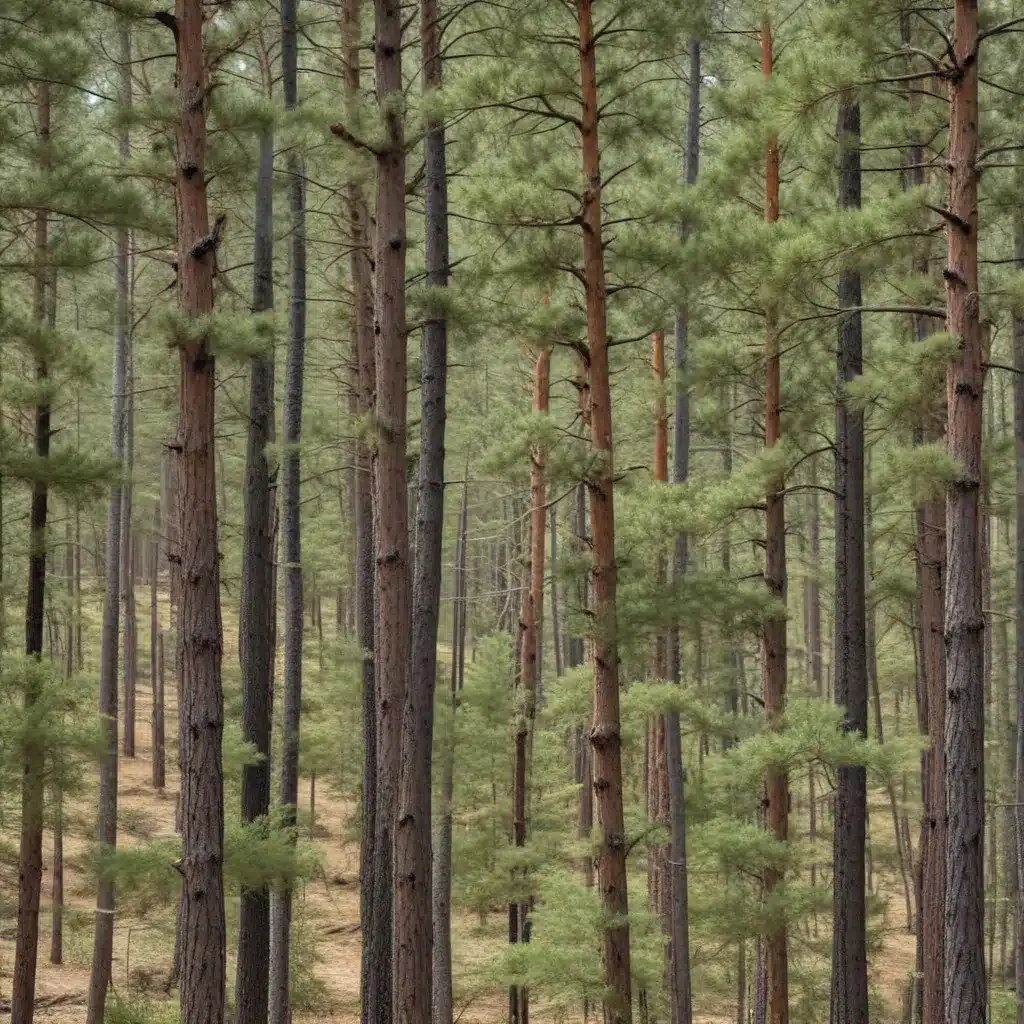
The fields and orchards of Crooked Pines Farm offer an abundant seasonal feast, from flush spring greens to ripe summer fruits and autumn’s root vegetable bounty. As the year progresses, our team works tirelessly to cultivate, harvest, and preserve this cornucopia so that our community can savor the flavors of each season long after the last leaves have fallen.
Crops and Yields
Our diverse, organic crop rotation allows us to maximize yields while maintaining soil health. Each spring, we sow a mix of heirloom vegetables, fragrant herbs, and nutritious grains across our raised beds and trellised gardens. The summer months bring a riot of color as our berry bushes, fruit trees, and flowering companion plants burst into full production.
By carefully tracking maturation times, we time our harvests to capture each crop at the peak of ripeness. Our CSA members eagerly await the arrival of crisp lettuces, juicy tomatoes, and plump blueberries in their weekly shares. We supplement this with a bountiful farmstand offering an ever-changing selection of just-picked produce.
Harvest Timing
Knowing when to harvest is crucial for preserving flavor and nutrition. For leafy greens like kale and Swiss chard, we wait until the plants are 8-12 inches tall before making our first cut, leaving the roots and lower leaves intact to encourage regrowth. Fruit trees like apples and peaches are monitored closely, with occasional taste tests to determine the ideal picking window.
Certain crops, like garlic and winter squash, require careful curing before storage. We lay these items out in our airy drying shed for a couple of weeks, allowing their skins to harden and concentrate their natural sugars. Other veggies, such as carrots and beets, are perfectly preserved through cool, dark root cellars that mimic their natural overwintering environments.
Crop Variety
At Crooked Pines, we delight in growing a wide array of heirloom and specialty cultivars, from the jagged-leafed dinosaur kale to the azure-skinned Russian banana fingerling potatoes. This diversity not only engages the senses but also promotes ecological resilience, as each plant has unique strengths in the face of pests, diseases, and weather extremes.
Our seed library allows us to save and share the most successful open-pollinated varieties season after season. We also collaborate with regional seed savers to further expand our gene pool, ensuring our farm’s long-term viability. By celebrating agrobiodiversity, we honor the rich agricultural heritage of our Sonoran Desert region.
Canning and Preserving
To extend the bounty of summer into the leaner winter months, our team dedicates countless hours to preserving the harvest. Canning is a popular technique, with vibrant jams, salsas, and pickles lining our pantry shelves. For items like tomatoes and applesauce, we utilize a water bath canner to seal the jars and lock in freshness.
Some crops, such as green beans and corn, are better suited to pressure canning, which reaches the higher temperatures needed to safely preserve low-acid foods. This method also allows us to can hearty stews, soups, and chili – nourishing one-pot meals ready to be reheated on a chilly evening.
Drying and Dehydrating
Drying is another effective way to preserve the harvest. We meticulously clean and slice peppers, herbs, and mushrooms, then spread them across our dehydrator trays to slowly remove moisture. The resulting spice blends and teas are packed with concentrated flavor and nutrients.
For bulkier items like tomatoes and apples, we opt for sun-drying on our rooftop racks, taking advantage of the Sonoran sun’s intense heat. These dried fruits and leathers make excellent snacks and baking ingredients throughout the year.
Freezing and Refrigeration
Of course, not everything needs to be canned or dried. Our large walk-in freezer allows us to quickly flash-freeze delicate berries, kernels of corn, and bags of shredded zucchini for easy incorporation into future meals. Heartier root vegetables and winter squash find a happy home in our root cellar, where the cool, dark conditions extend their natural storage life.
Recipes and Meal Planning
With all this preserved bounty at hand, our chefs have a wealth of farm-to-table inspiration. They might start the day with a berry smoothie, then craft a nourishing lentil and squash stew for lunch, finished with a slice of apple pie for dessert. Local honey and maple syrup sweeten baked goods, while dried herbs and spices lend robust flavor to savory dishes.
Our cooking classes invite community members to learn techniques for maximizing seasonal ingredients, from pickling to fermentation. We also provide recipe cards and meal planning guides to help families integrate the harvest into their daily routines.
Sustainable Practices
Underpinning all our preservation efforts is a commitment to sustainable agriculture. Our team carefully mulches garden beds to retain soil moisture, while strategic companion planting attracts beneficial pollinators and repels pests. We also utilize rainwater harvesting systems to reduce our reliance on municipal sources, ensuring our crops thrive even in times of drought.
By following these holistic methods, we not only enhance the nutritional profile of our produce but also minimize our environmental impact. This, in turn, allows us to offer the Crooked Pines community a truly seasonal, regenerative food system that nourishes both body and soul.
Whether you’re preserving your own garden bounty or exploring the options at our farmstand, we hope you’ll join us in savoring the harvest all year round. By embracing the rhythms of the seasons and honoring the land that sustains us, we can cultivate a deeper connection to the food we eat and the place we call home.


